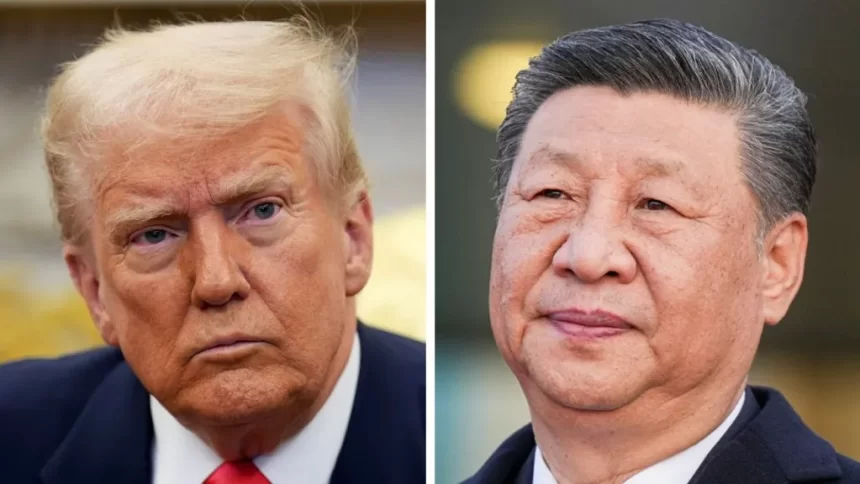The recent trade detente between the United States and China has come under renewed strain following accusations from President Donald Trump that Beijing has failed to uphold its side of a two-week-old tariff agreement.
President Trump, in a post shared on his Truth Social platform, claimed that China had “totally violated” the trade truce reached earlier this month during high-level talks in Geneva. While he did not offer specifics, U.S. Trade Representative Jamieson Greer later clarified that China had not followed through on rolling back non-tariff barriers, an essential component of the agreement.
“The United States did exactly what it was supposed to do,” Greer told CNBC. “But the Chinese are slow-rolling their compliance, which is completely unacceptable and has to be addressed.”
According to Greer, while China removed some tariffs, it retained several retaliatory countermeasures such as blacklisting certain American firms and limiting exports of key materials like rare earth magnets—vital components in manufacturing and technology.
In response, the Chinese embassy in Washington called on the United States to end what it described as “discriminatory restrictions” and emphasized the need to “jointly uphold the consensus reached at the Geneva talks.”
The deterioration in tone has alarmed analysts, especially given that the temporary reduction in tariffs had been heralded as a breakthrough. Under the deal, the U.S. slashed tariffs on Chinese goods from 145% to 30%, while China dropped its retaliatory tariffs from 125% to 10%.
President Trump described the agreement as a “FAST DEAL” that averted economic damage for China, but expressed frustration at Beijing’s apparent backtracking. “So much for being Mr. NICE GUY!” he remarked.
Compounding the tension, the U.S. administration recently escalated restrictions on semiconductor-related exports and revoked the visas of several Chinese students, citing national security risks.
U.S. Treasury Secretary Scott Bessent said on Thursday that talks with China had “stalled,” adding that further progress would likely require direct communication between President Trump and President Xi Jinping. “I believe we may at some point have a call,” he noted.
While the Geneva meeting ended on a hopeful note, with both nations suspending some tariffs for 90 days, optimism is quickly fading. The broader uncertainty surrounding the tariff regime has been amplified by a recent court ruling that questioned the legal authority of President Trump’s trade measures.
The U.S. Court of International Trade ruled that Trump had exceeded his authority in imposing certain tariffs. However, a federal appeals court temporarily stayed the ruling, allowing the administration to maintain its current trade posture. Trump called the original ruling “horrific” and said he hoped the Supreme Court would reverse it “QUICKLY and DECISIVELY.”
Despite these legal challenges and escalating rhetoric, U.S. officials maintain that further trade talks are likely. Bessent suggested that other bilateral trade agreements are also in the works, though progress varies by country.
The implications of this renewed friction go beyond tariffs. It affects global supply chains, particularly in critical sectors like semiconductors, electronics, and automobile manufacturing. With the world’s two largest economies at odds again, markets may soon be bracing for another round of trade uncertainty.
As both sides dig in, observers will be watching closely to see whether the fragile progress made in Geneva can be salvaged—or if the trade war is about to enter yet another turbulent chapter.





